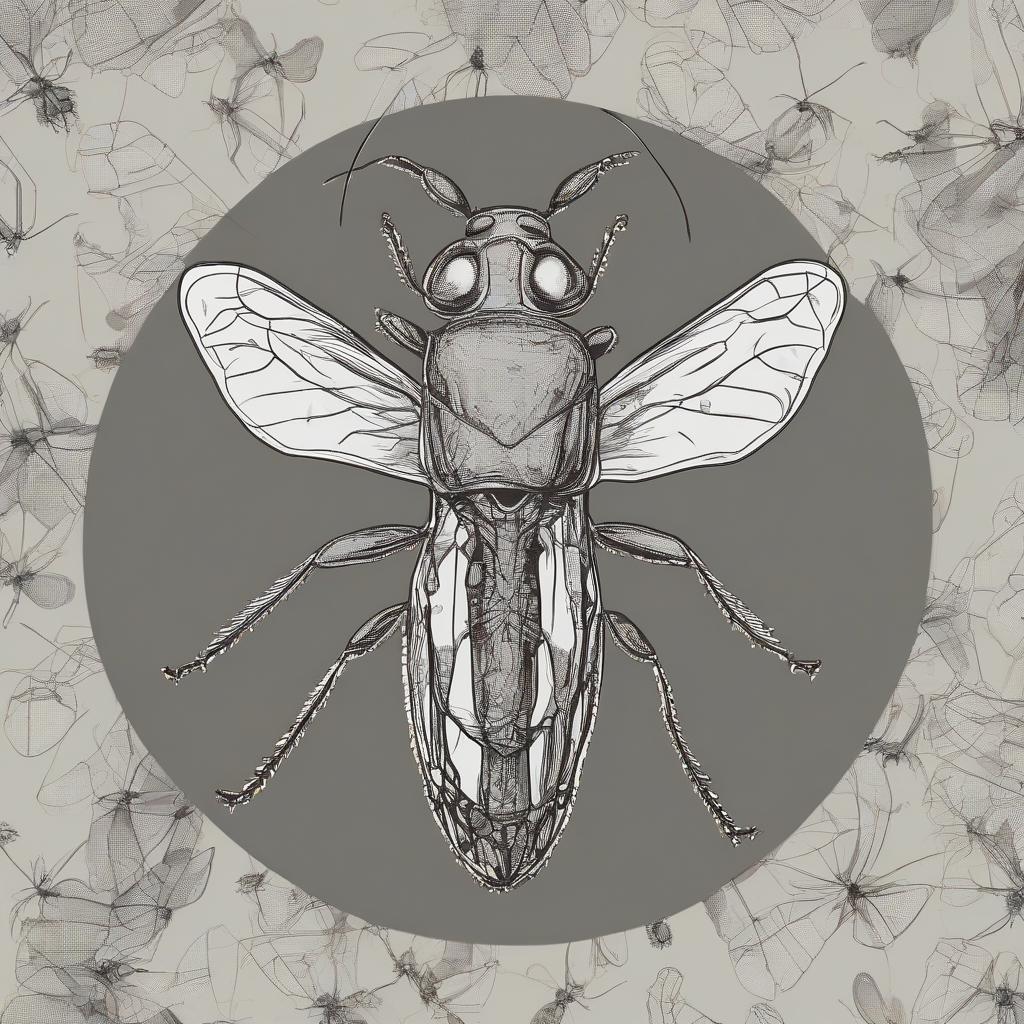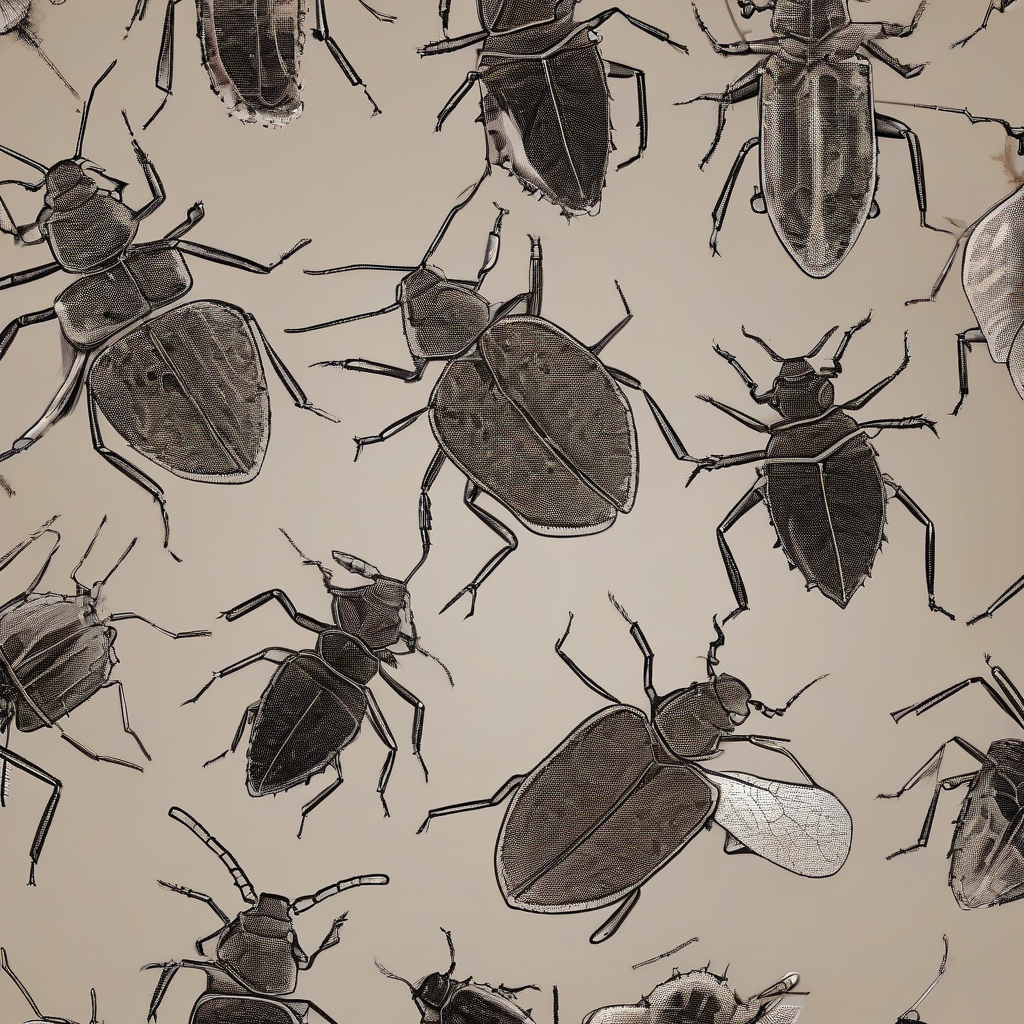Residential Insect Control: A Comprehensive Guide to Protecting Your Home
Residential insect control is crucial for maintaining a healthy and comfortable living environment. Unwanted insects can not only be a nuisance, but also pose health risks through bites, stings, and the spread of diseases. This comprehensive guide explores various aspects of effective insect control within the home, covering prevention, identification, treatment, and long-term strategies.
Understanding Common Household Pests
Identifying the specific insects infesting your home is the first step towards effective control. Different insects require different treatment approaches. Some common household pests include:
- Ants: Various ant species invade homes seeking food and water. They can be a significant nuisance, leaving trails and contaminating food sources.
- Cockroaches: Known for their ability to spread diseases, cockroaches are highly resilient and require persistent control measures.
- Spiders: While many spiders are harmless, some species can deliver painful bites. Controlling their populations involves identifying their entry points and eliminating their webs.
- Bed Bugs: These tiny blood-sucking insects are notoriously difficult to eradicate and require professional intervention in severe infestations.
- Fleas: Often carried by pets, fleas can infest carpets, furniture, and bedding, causing itchy bites.
- Termites: These wood-destroying insects can cause significant structural damage to homes, requiring specialized treatments.
- Rodents (Mice and Rats): While not technically insects, rodents are common household pests that pose health risks and can cause property damage.
- Wasps and Hornets: These stinging insects can pose a serious threat, particularly to those with allergies. Nest removal should be carried out by professionals.
- Moths: These insects can infest stored food and clothing, causing damage and contamination.
- Silverfish: These small, wingless insects feed on starch and cellulose, often found in damp areas of the home.
Preventative Measures: Keeping Insects Out
Preventing insect infestations is far more effective and less expensive than treating existing problems. Implementing these preventive measures significantly reduces the risk of insect invasion:
- Seal Entry Points: Inspect your home’s exterior for cracks, gaps, and holes in walls, windows, and doors. Seal these openings with caulk or sealant to prevent insect entry.
- Maintain Cleanliness: Regularly clean your home, paying particular attention to kitchens and bathrooms. Remove crumbs, spills, and dirty dishes promptly.
- Proper Food Storage: Store food in airtight containers to prevent insects from accessing it. Regularly check pantries and cupboards for signs of infestation.
- Garbage Disposal: Dispose of garbage regularly and keep trash cans clean and sealed. Ensure garbage bags are properly secured to prevent attracting insects.
- Yard Maintenance: Keep your lawn mowed, trim bushes and trees, and remove debris from around your home to eliminate potential breeding grounds for insects.
- Moisture Control: Address any leaks or damp areas in your home, as moisture attracts many insects.
- Window and Door Screens: Ensure window and door screens are intact and properly fitted to prevent insects from entering.
- Pet Care: Regularly groom your pets to prevent flea infestations. Treat pets for fleas as needed.
Identifying and Treating Specific Infestations
Once an infestation is detected, prompt action is crucial. The treatment strategy depends on the type of insect and the severity of the infestation.
Ant Infestations:
- Identify Entry Points: Observe ant trails to locate their entry points.
- Baiting: Use ant baits containing insecticides to eliminate the colony.
- Cleaning: Thoroughly clean affected areas to remove food sources.
Cockroach Infestations:
- Professional Help: Cockroach infestations often require professional pest control services due to their resilience.
- Sanitation: Maintain impeccable cleanliness and eliminate food and water sources.
- Crack Sealing: Seal cracks and crevices to prevent cockroach entry.
Bed Bug Infestations:
- Professional Extermination: Bed bug infestations are notoriously difficult to eradicate and often require professional intervention.
- Heat Treatment: Heat treatment is an effective method for eliminating bed bugs.
- Careful Inspection: Thoroughly inspect mattresses, bedding, and furniture for signs of bed bugs.
Choosing the Right Insect Control Method
Several methods exist for controlling household insects, each with its advantages and disadvantages:
- DIY Methods: These include using natural remedies like diatomaceous earth or essential oils, as well as commercially available sprays and traps. Effective for minor infestations.
- Professional Pest Control: For severe infestations or persistent problems, professional pest control services are recommended. Professionals have access to more potent insecticides and specialized equipment.
- Integrated Pest Management (IPM): IPM combines preventative measures with targeted treatment strategies, minimizing the use of pesticides while effectively controlling insect populations.
Safety Precautions when Using Insecticides
When using insecticides, it’s crucial to prioritize safety:
- Read Labels Carefully: Follow all instructions and safety precautions on the insecticide label.
- Ventilation: Ensure adequate ventilation when applying insecticides indoors.
- Protective Gear: Wear protective clothing, gloves, and eye protection when handling insecticides.
- Pet and Child Safety: Keep insecticides out of reach of children and pets. Follow instructions regarding pet safety.
- Proper Disposal: Dispose of insecticide containers according to label instructions.
Long-Term Strategies for Insect Control
Effective insect control is an ongoing process. Implementing these long-term strategies helps maintain a pest-free home:
- Regular Inspections: Regularly inspect your home for signs of insect activity.
- Preventative Maintenance: Continue practicing preventative measures, such as cleaning, sealing entry points, and yard maintenance.
- Professional Monitoring: Consider professional pest control services for regular inspections and preventative treatments.
- Education: Stay informed about common household pests and effective control methods.
Dealing with Specific Insect Groups
This section delves into specific insect groups and their control strategies:
Flying Insects:
- Screens and Sealing: Use screens on windows and doors to prevent entry.
- Insecticidal Sprays: Use sprays targeted at flying insects, following safety precautions.
- Electric Bug Zappers: These devices can help reduce flying insect populations.
Crawling Insects:
- Baits and Traps: Utilize insect baits and traps designed for crawling insects.
- Crack Sealing: Seal any cracks or crevices where crawling insects might enter.
- Regular Cleaning: Maintain a clean environment to discourage crawling insects.
Wood-Destroying Insects:
- Professional Inspection: Engage a professional pest control company to inspect for termites and other wood-destroying insects.
- Treatment: Professional treatment may involve liquid termite treatments, fumigation, or other specialized techniques.
- Preventative Measures: Maintain good ventilation and address any moisture problems to prevent wood damage.





